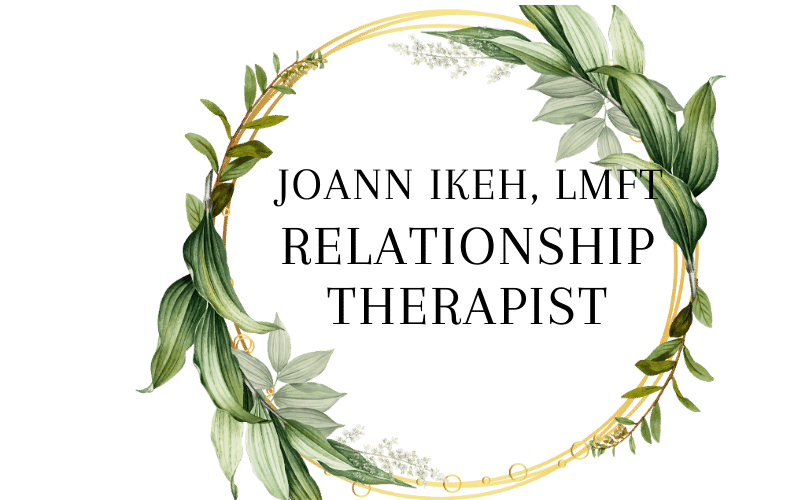How to Communicate Boundaries and Needs in LGBTQ+ Relationships
Boundaries Are Love, Not Walls
Many LGBTQ+ couples face unique pressures — from societal stigma to family expectations. Clear communication about boundaries isn’t optional; it’s essential.
Relational Life Therapy (RLT) emphasizes that expressing needs and limits is an act of courage, not selfishness. Boundaries create safety, respect, and trust, allowing both partners to show up fully.
Recognize Your Needs and Limits
Before communicating boundaries, clarify them internally:
What makes you feel safe emotionally, physically, and socially?
Which behaviors or words feel disrespectful or triggering?
How much personal space or autonomy do you need?
Knowing your own needs ensures your communication is clear and grounded, not reactive or vague.
Use Clear, Compassionate Language
Effective boundary-setting relies on direct, empathetic statements:
Use “I” statements: “I feel overwhelmed when…” rather than “You always…”
Specify the behavior, not the person: “I need us to avoid interrupting each other during discussions.”
Offer context: “This is important to me because it helps me feel safe and respected.”
Clear communication reduces misunderstandings and defensiveness.
Stay Curious About Your Partner’s Needs
Boundaries are a two-way street. Ask your partner about their comfort levels and needs:
“How do you like to be approached when you’re upset?”
“Are there situations that feel unsafe or stressful for you?”
“What support do you need from me to feel heard?”
Mutual curiosity fosters collaboration and strengthens emotional intimacy.
Repair When Boundaries Are Crossed
Even with clear communication, mistakes happen. RLT emphasizes repair over perfection:
Acknowledge the misstep: “I realize I ignored your boundary earlier.”
Take responsibility: “I want to do better next time.”
Reconnect: “Can we revisit this together?”
Repair reinforces trust and demonstrates commitment to growth.
Practice Consistency and Flexibility
Boundaries are not rigid walls — they’re living agreements.
Consistently honor your commitments.
Reassess and adjust as the relationship grows.
Balance firmness with flexibility to maintain connection.
This approach encourages safety while respecting evolving needs.
The Takeaway
LGBTQ+ relationships thrive when boundaries and needs are expressed clearly, compassionately, and consistently.
RLT teaches that empowered communication, mutual curiosity, and intentional repair create a foundation for intimacy and resilience. By showing up fully and honoring each other’s limits, queer couples move from mere survival to authentic connection and flourishing love.
Want some tips to move from Survival to Thriving? Click Here
Ready to Build Healthier Relationships?
If you and your partner are struggling with boundaries with each other or with others around you, you don’t have to navigate this on your own.
At Online Couple Counseling, I help partners foster curiosity, strengthen communication, and practice relationship accountability that fosters understanding, long-term connection and trust.
📞 Book a free 15-minute consultation today
🌐 Visit onlinecouplecounseling.com
📩 Or email me at joannikeh@joannikeh.com
Let’s work together to break unhealthy patterns and build lasting emotional wellness.



